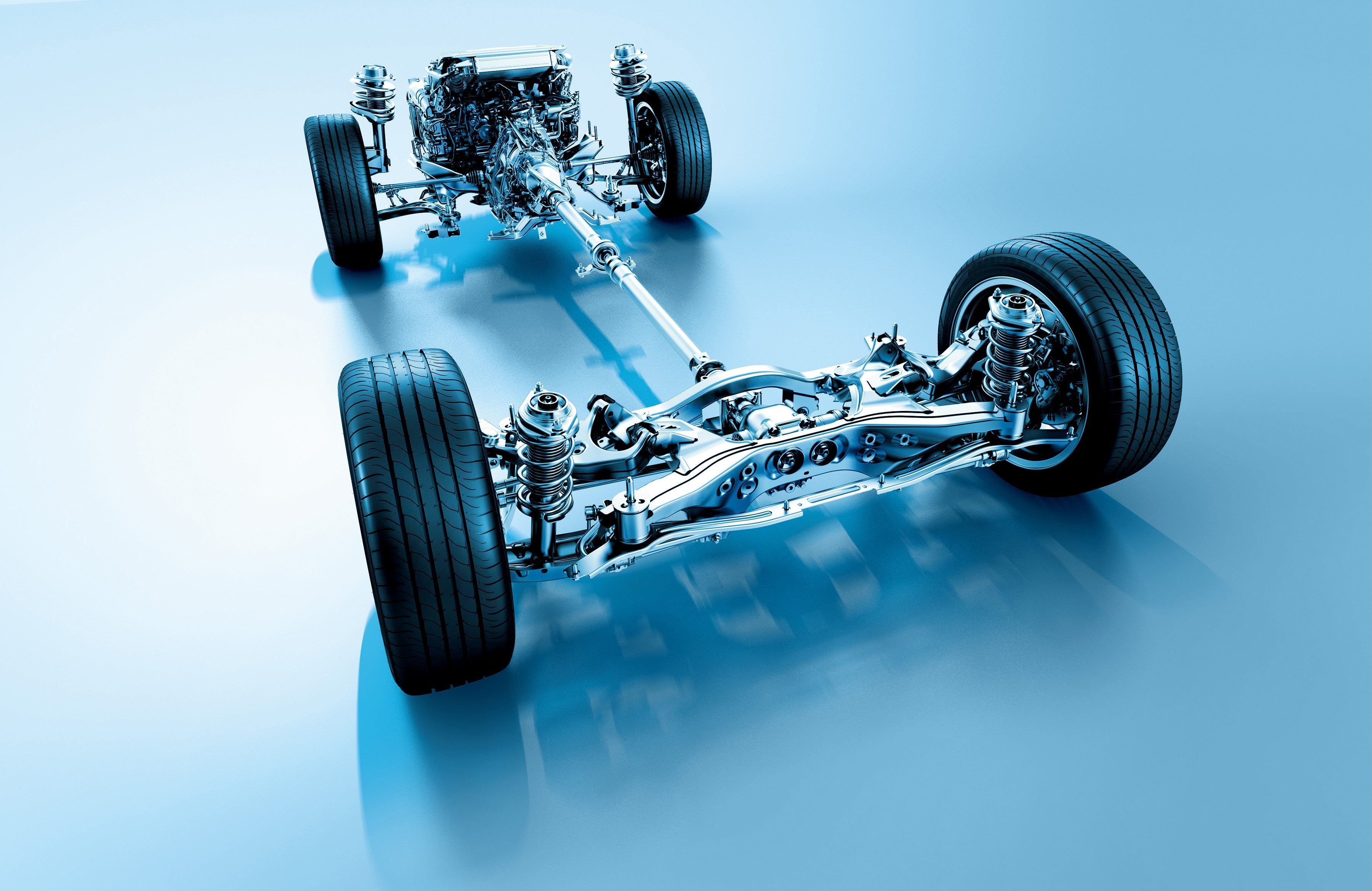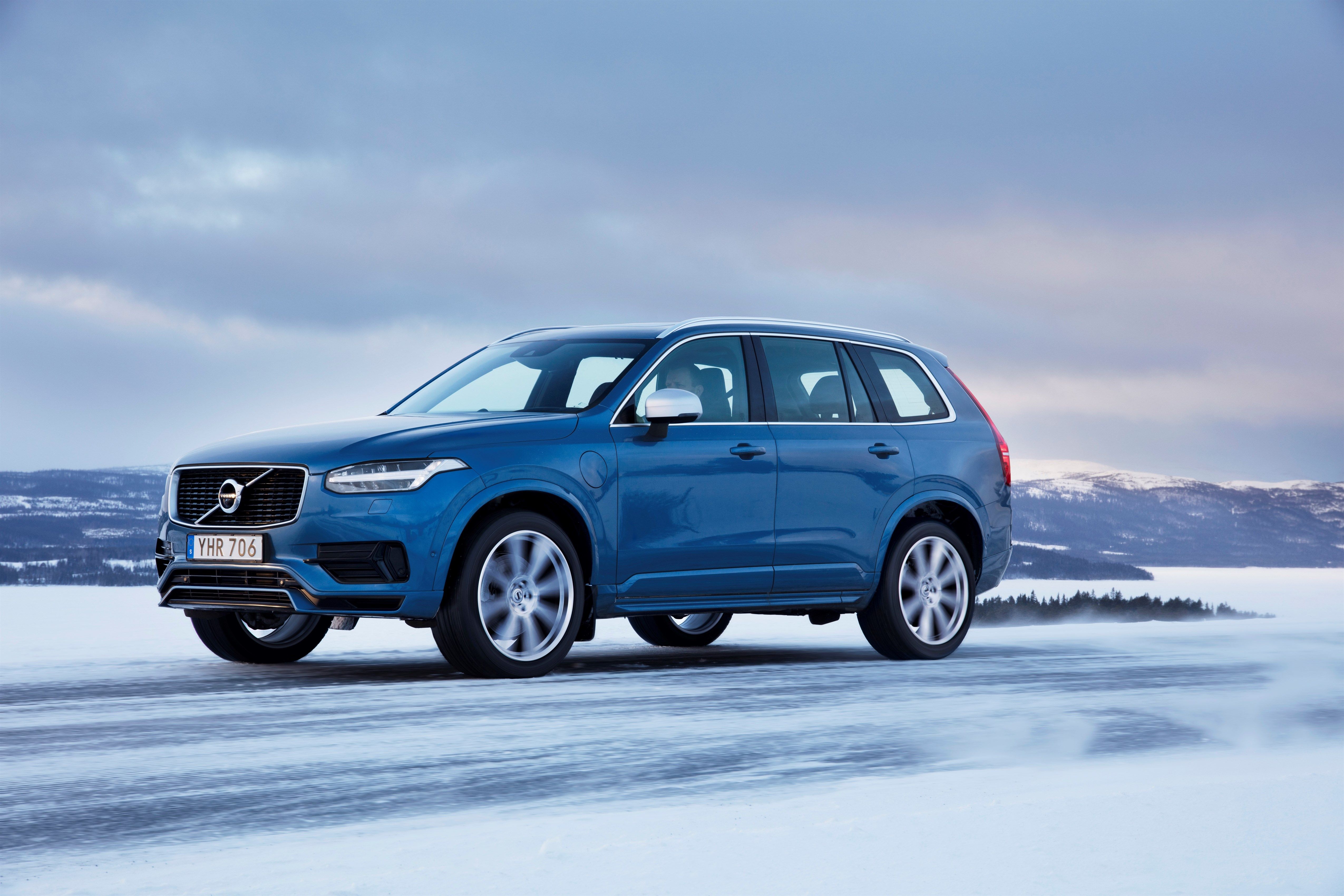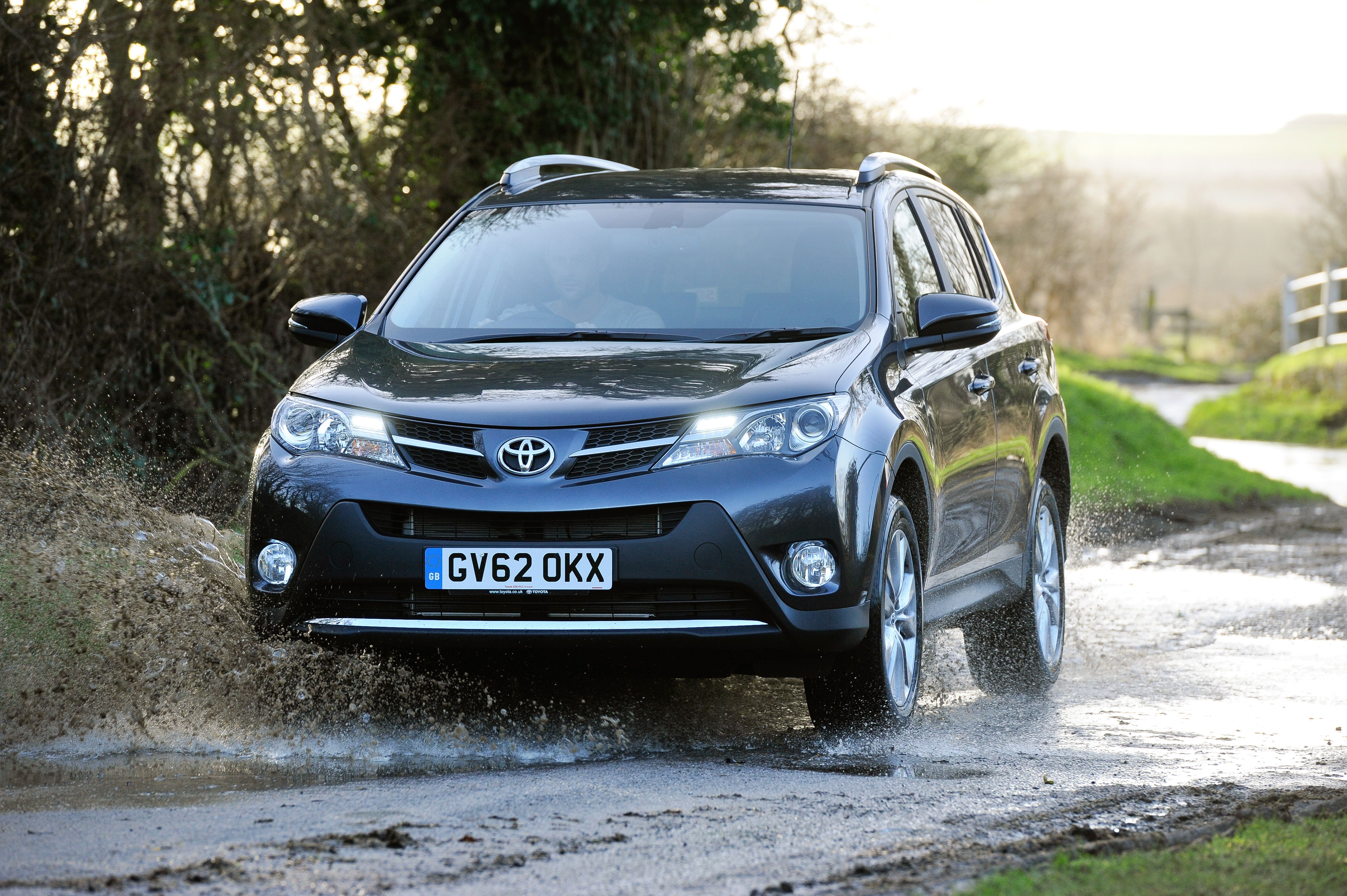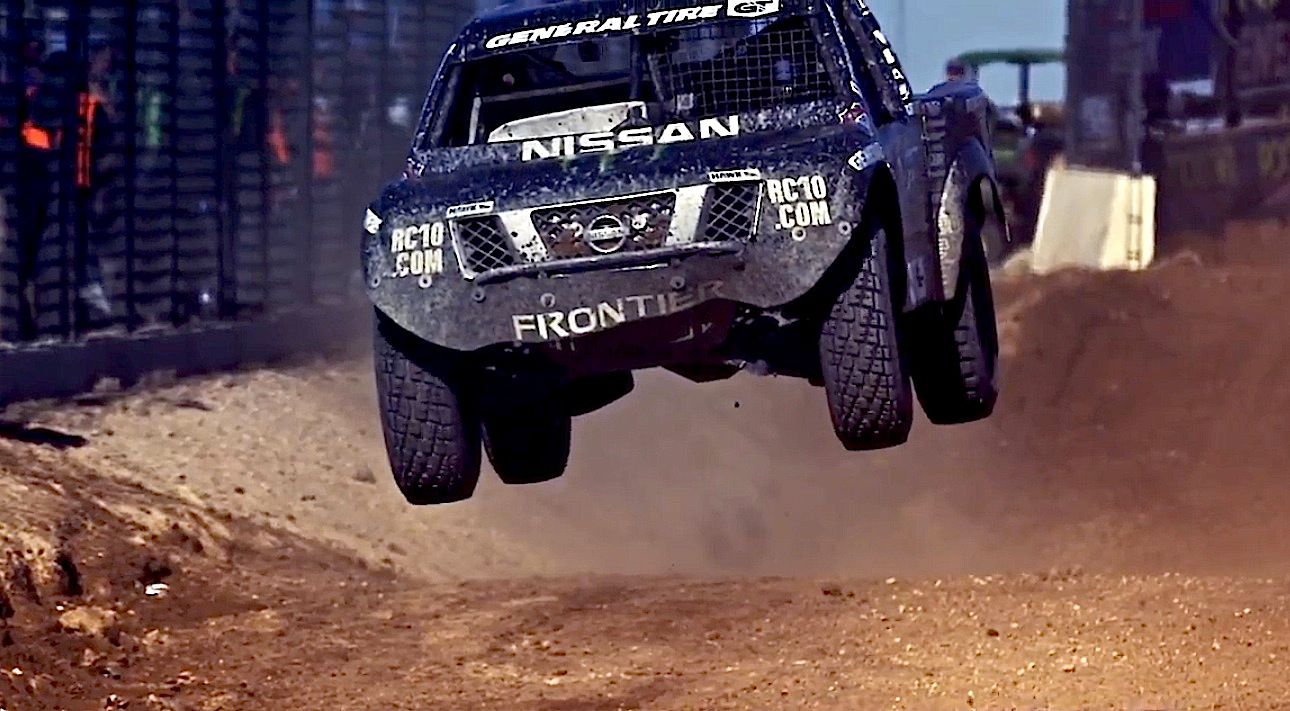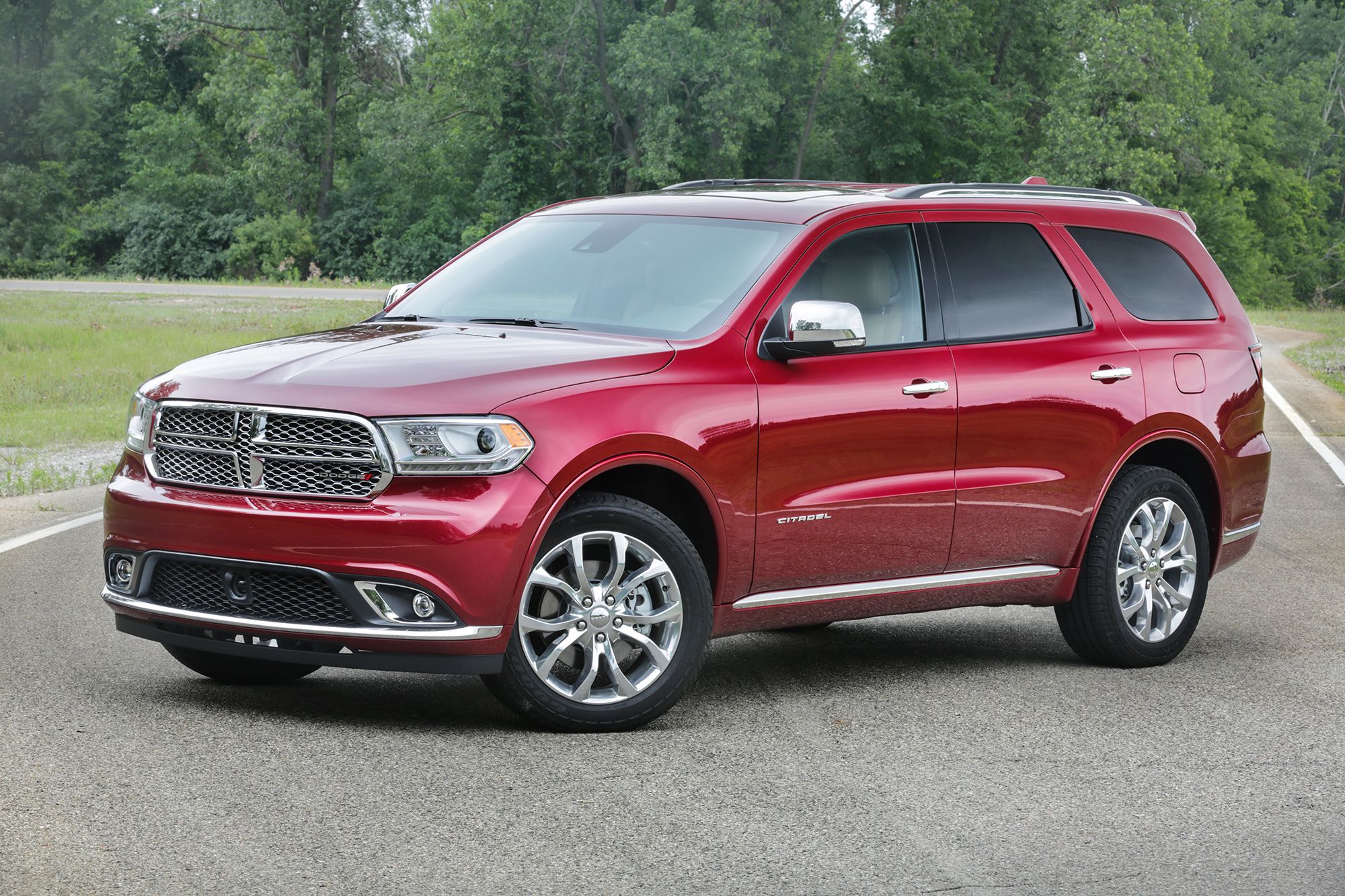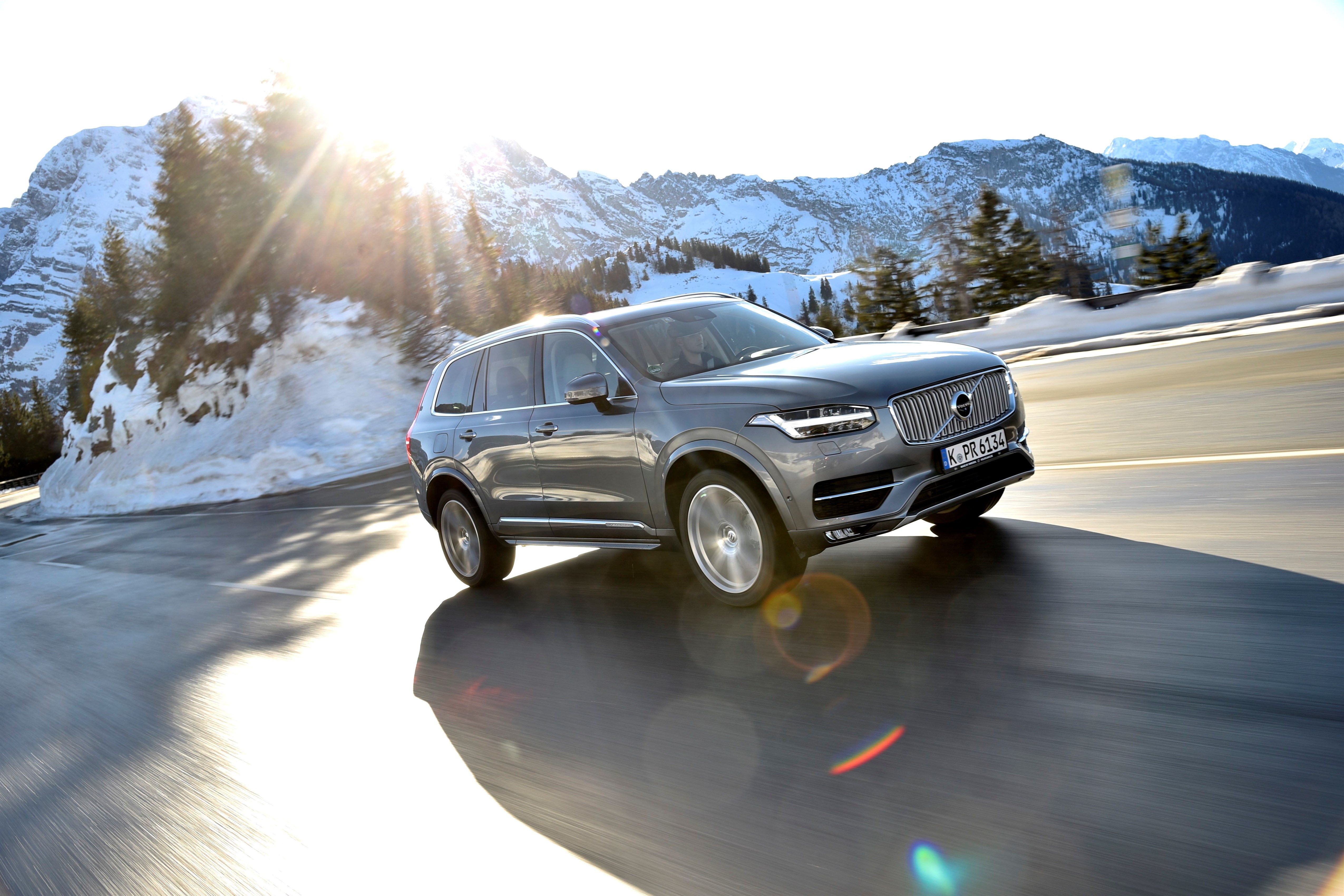Only weeks ago I gave you reasons why not to buy an SUV with a 4WD. Now, I will tell you why you should buy one. No, I didn't have a change of heart, but after reading this you will be completely certain that buying a car/Crossover/SUV with or without 4WD ultimately depends on your driving style, driving needs and conditions you experience on a daily basis.
4WD For Dummies - 4WD Is Designed To Use All Available Traction In Certain Conditions
Let’s get simple here and learn that 4WD isn’t magic.
There is one and only one way to transfer power from the engine to the road. If you had any doubts let me be blunt and tell you I am talking about wheels and tires. Every SUV, car, or a truck, has only four tires (some oddballs do exist, but they aren’t the topic of today’s show) and those four tires are the only means of providing thrust when torque is applied to them. So whatever traction they may achieve with the surface they are on, that is exactly how much traction a vehicle can get at any certain point in time. In perfect conditions, a 2WD car has only half of the traction available (never powering the other pair of wheels,) while certain 4WD systems can use all the traction available (powering all wheels.) It is that simple.
Let’s say that the two front tires of an SUV are on ice, with the rear ones on tarmac. The coefficient of friction between the ice and the front tires is extremely low. Any power applied to the front wheels will be in vain. However, with a 4WD vehicle which can, via mechanical means, transfer some torque to the rear wheels, the car will start to move forward.
Now, get creative. Just shuffle the ice in all imaginable combinations, set it under any wheel of your liking and think about the behavior of the SUV in these conditions. The concept is the same; the car will move only if there is sufficient traction between the powered wheels (tires) and the surface.
That is all there is to 4WD.
Every single 4WD system in the world relies on traction made available by the four tires touching the ground. There isn’t any sort of magic there. If there was ice under every wheel in my little scenario, the vehicle wouldn’t move at all or would move in an erratic and uncontrollable fashion. So, 4WD or AWD systems are designed to use all the available traction car tires can provide. This is the superpower of 4WD because a scenario where all tires are touching a surface over which they cannot achieve sufficient traction is not likely.
Now, the types of 4WD differ greatly with some being more successful at transferring the power to the wheels with most traction.
If You Meet Any Of These Requirements You Should Consider Buying An SUV With 4WD
Before actually deciding on buying an SUV with a 4WD system, you should consider some circumstances. Answer these questions:
Do you live in a properly cold climate with snow, ice, and all the joys that the winter usually brings?
Do you occasionally leave the asphalt behind and drive on poorly maintained gravel roads?
Do you have any tuning tendencies to transform a family SUV into a dragster king?
Have you ever felt any lack of traction with your 2WD car?
Do you even offroad?
If answers to the questions above are not affirmative, I will tell you right now - you do not need an AWD system. At all. If the answer to any of these questions is affirmative, then you should consider it.
1. Do you live in a properly cold climate with snow, ice, and all the joys that the winter usually brings?
As explained previously, having a 4WD or AWD system on an SUV fording over icy or snow-covered roads can have some obvious benefits. Using all the available traction for propulsion can increase safety and provide an edge in certain conditions. However, before spending all of your money on 4WD, bear in mind that a 2WD system, with a Torque Vectoring system and good winter tires, can go a long way in making the car ready to face all sorts of winter challenges.
"In the snow, it is all about the tires," said automotive engineer Neil Hannemann, a guy who worked on developing the Dodge Viper.
Also, having 4WD with summer tires on snow covered roads won’t do much good. "All the best will still get beat by a good set of snow tires," Hannemann says.
In that regard you may conclude that having 4WD does not release you from having to buy winter tires.
2. Do you occasionally leave the asphalt behind and drive on poorly maintained gravel roads?
Without a 4WD or AWD system on board, you will have a proper problem on your hands if it starts raining while you are driving on a poorly maintained gravel road. Powering all four wheels is the best way to handle the rapidly changing conditions of the surface.
3. Do you have any tuning tendencies to transform a family SUV into a dragster king?
Ok, I wrote this down as a lame take on humor, but if you want the best acceleration possible, AWD really is the way to go. With 4WD all the torque is transferred to all four wheels and every micrometar of every tire will be tasked with providing the quickest acceleration. All the quickest cars do have it. And yes, it does help. It also helps a great deal with accelerating on slippery roads.
4. Have you ever felt any lack of traction with your 2WD car?
If you drove a 2WD car before and actually never felt the need for something with more traction, you do not need AWD. On the other hand, if your wheels slip often in everyday conditions and situations, AWD or 4WD are basically a must.
5. Do you even offroad?
In short, if you’d like to drive the MOAB trail, have some fun with friends and SUVs (actually trucks in this case), or experience mud in the mountains or sand in the desert, not having 4WD is like running a marathon without drinking any water. You need a 4WD system and not just any. See, I said, not just any - because manufacturers did invent a number of different 4WD and AWD systems.
What Kind Of 4WD Do You Need?
We can categorize 4WD systems under a couple of main groups.
4WD systems
These systems are usually found on body on frame trucks. They are the so called on-demand 4WD systems that can be activated manually when the need arises. In most cases, manufacturers suggest using them on slippery roads as they lock the differentials between the rear wheels ensuring that the power reaches all the wheels - including those with the most traction. The problem is that these systems cannot be used on asphalt and, with improper use can damage the drivetrain. They are not intended for use on SUVs and city cars.
Full time 4WD systems
These systems use an intricate set of differentials which, regardless of the power sent to all the wheels at any given moment, enable opposite wheels to rotate at different speeds. The Subaru Symmetrical All-Wheel drive system is one of the most popular examples of a Full time 4WD system.
Automatic Electronically Controlled AWD System
This is by far the most used AWD system. Its premise is a simple one. As soon as the central computer detects that one of the wheels under power is spinning faster than the other wheel, it activates the mechanism to send power to the other axle. Systems like these are perfect for use on modern SUVs and crossovers as they aren’t as heavy, or as complex as Full time 4WD systems or 4WD systems used on trucks for serious off-road duties. In fact, with Automatic Electronically Controlled AWD systems the industry found a perfect solution for the increased fuel consumption a 4WD system usually provokes. Cars equipped with systems like these drive with power sent to only two wheels (front or back) for most of the time only switching to AWD should the need arise.
Conclusion
It all comes down to your needs really. Having a car with 4WD means that the initial investment will be higher, the car will use more fuel, have a bit bigger brake and tire wear and won't actually be that much better all the time. However, 4WD can be of great help in crucial moments as it will provide safe thrust using all the traction provided by tires.
Apart from numerous systems which mechanically transfer the power to one or both axles, new propulsion methods - like hybrid drive and electric drive - enable manufacturers to be increasingly creative. Soon, real-time torque vectoring will be possible with electric SUVs with two or more electric motors. Right now, hybrid electric motors are already finding their place at the rear axles of ordinary FWD cars, thus elegantly transforming these FWD vehicles into AWD powered vehicles. This is a clever way to offer AWD capability without incurring any fuel or emission penalties.

